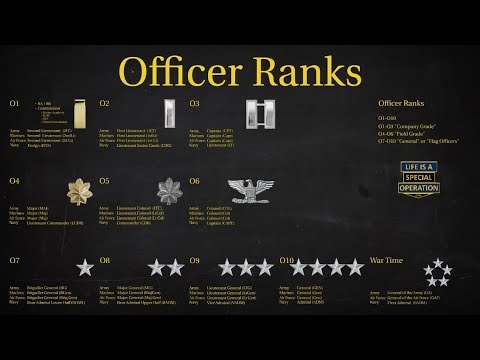Army Branches Explained

Introduction to Army Branches

The army is a complex and multifaceted institution, comprising various branches that specialize in different aspects of military operations. Each branch plays a vital role in ensuring the overall effectiveness and success of the army. In this article, we will delve into the world of army branches, exploring their unique characteristics, responsibilities, and contributions to the military.
Types of Army Branches

There are several army branches, each with its distinct mission, functions, and areas of expertise. Some of the main branches include: * Infantry: The infantry branch is responsible for engaging in ground combat, securing territory, and conducting reconnaissance missions. * Armored: The armored branch operates and maintains tanks, armored vehicles, and other heavy equipment to provide mobile firepower and protection on the battlefield. * Artillery: The artillery branch specializes in providing indirect fire support, using cannons, howitzers, and other artillery systems to attack enemy positions and fortifications. * Engineer: The engineer branch is responsible for constructing, maintaining, and demolishing infrastructure, such as bridges, roads, and buildings, to support military operations. * Signal: The signal branch provides communication and information systems support, ensuring that units can communicate effectively and access critical information in real-time.
Specialized Branches

In addition to the main branches, there are several specialized branches that focus on specific areas of expertise. These include: * Aviation: The aviation branch operates and maintains aircraft, providing air support, transportation, and reconnaissance capabilities. * Special Forces: The special forces branch conducts unconventional warfare, counterterrorism, and special reconnaissance missions, often working behind enemy lines. * Intelligence: The intelligence branch gathers, analyzes, and disseminates critical information about enemy forces, intentions, and capabilities. * Cyber: The cyber branch conducts cyber operations, protecting military networks and systems from cyber threats and conducting offensive cyber operations against enemy forces.
Branch-Specific Roles and Responsibilities

Each branch has its unique roles and responsibilities, which are essential to the success of military operations. For example: * The infantry branch is responsible for securing and holding territory, conducting patrols, and engaging in urban warfare. * The armored branch provides mobile firepower and protection, conducting armored assaults and reconnaissance missions. * The artillery branch provides indirect fire support, using cannons and howitzers to attack enemy positions and fortifications. * The engineer branch constructs and maintains infrastructure, such as bridges and roads, to support military operations.
| Branch | Role | Responsibilities |
|---|---|---|
| Infantry | Ground combat | Securing territory, conducting patrols, urban warfare |
| Armored | Mobile firepower | Armored assaults, reconnaissance missions |
| Artillery | Indirect fire support | Attacking enemy positions, fortifications |
| Engineer | Infrastructure construction | Building bridges, roads, buildings |

📝 Note: Each branch has its unique culture, traditions, and history, which shape the experiences and perspectives of its members.
Interbranch Cooperation and Coordination

Effective interbranch cooperation and coordination are essential to the success of military operations. Each branch must work together seamlessly, sharing information, resources, and expertise to achieve common objectives. For example: * The infantry and armored branches work together to conduct combined arms operations, using infantry and armored units to achieve a common objective. * The artillery and intelligence branches work together to provide accurate and effective indirect fire support, using intelligence to identify and target enemy positions. * The engineer and signal branches work together to construct and maintain communication infrastructure, such as radio towers and fiber optic cables.
Conclusion and Final Thoughts

In conclusion, the various army branches play critical roles in ensuring the success of military operations. Each branch has its unique characteristics, responsibilities, and contributions, and effective interbranch cooperation and coordination are essential to achieving common objectives. By understanding the different army branches and their roles, we can appreciate the complexity and sophistication of modern military operations.
What is the primary role of the infantry branch?

+
The primary role of the infantry branch is to engage in ground combat, securing and holding territory, conducting patrols, and engaging in urban warfare.
What is the difference between the armored and artillery branches?

+
The armored branch provides mobile firepower and protection, using tanks and armored vehicles to conduct armored assaults and reconnaissance missions. The artillery branch provides indirect fire support, using cannons and howitzers to attack enemy positions and fortifications.
How do the different army branches work together?

+
The different army branches work together through interbranch cooperation and coordination, sharing information, resources, and expertise to achieve common objectives. Each branch has its unique roles and responsibilities, but they must work together seamlessly to succeed in military operations.



